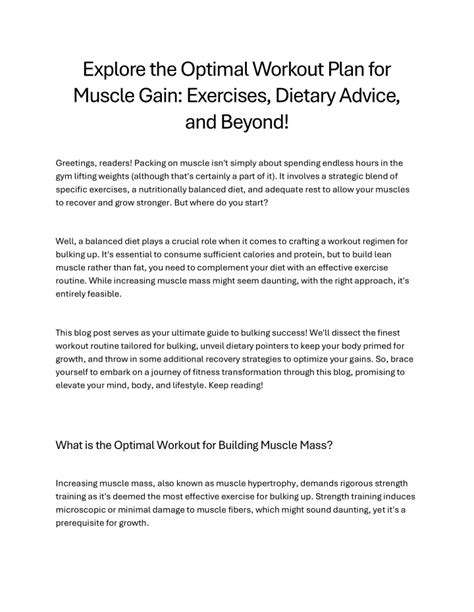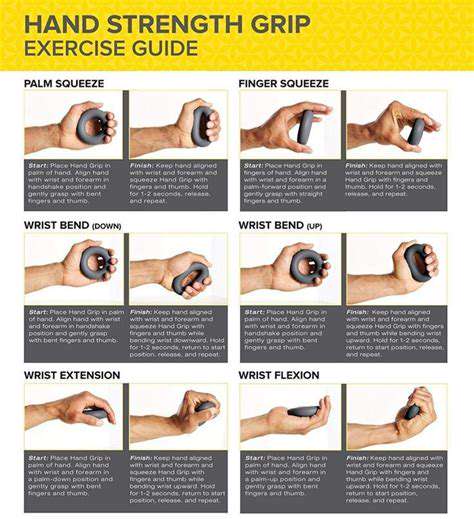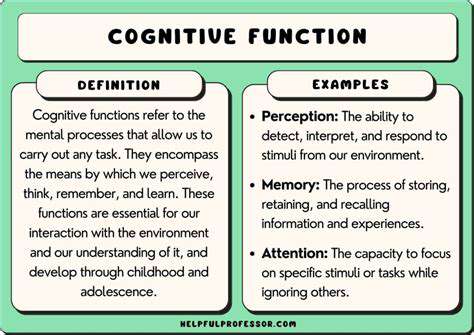This website is dedicated to all aspects of hand and arm health. We cover the latest surgical trends, such as revolutionary techniques in hand surgery and advancements in robotic arm prosthetics. There are detailed guides on injury prevention, like how to avoid wrist injuries and repetitive strain injuries. We also offer a plethora of exercises for different groups - from athletes looking to optimize hand strength for sports to seniors aiming to improve hand mobility. Our content includes in - depth looks at hand and arm anatomy, the role of nutrition in hand health, and how to manage common conditions like carpal tunnel syndrome and hand arthritis. Whether you're seeking information for personal health or professional knowledge, our blog is a reliable source for hand and arm health insights.
How to Strengthen Hand Muscles for Better Performance
Aug 16, 2025
Exploring the Impact of Overuse on Hand Tendons
Aug 16, 2025
The Impact of Repetitive Hand Movements on Joint Health
Aug 16, 2025
Understanding the Causes of Wrist Pain in Gamers
Aug 16, 2025
How to Improve Your Hand Speed for Competitive Sports
Aug 15, 2025
How to Use Trigger Point Therapy for Hand Pain Relief
Aug 15, 2025
Understanding the Link Between Hand Function and Mental Health
Aug 14, 2025
How Rest Impacts RecoveryUnderstanding the vital role sleep plays in nerve repair and regeneration.Sleep is often overlooked, but it's a fundamental process for maintaining overall health, including nerve function and regeneration. This article explores the crucial link between sleep and nerve health, highlighting the detrimental effects of sleep deprivation on nerve repair and the restorative power of adequate rest.Sleep Deprivation and Nerve DamageSleep deprivation significantly hinders the body's natural ability to repair and regenerate nerve cells. During sleep, crucial processes like protein synthesis—essential for nerve cell growth and repair—are actively underway. Without sufficient sleep, these restorative processes are compromised, leading to potential nerve damage and hindering the healing of existing injuries. This disruption can have significant implications for individuals experiencing nerve-related issues.The Role of Protein Synthesis in Nerve RepairProtein synthesis is a key player in nerve regeneration. During sleep, the body prioritizes the production of proteins necessary for nerve cell growth, maintenance, and repair. These proteins are crucial for rebuilding damaged nerve fibers and supporting the overall integrity of the nervous system. Without adequate sleep, this crucial protein synthesis is disrupted, potentially leading to slower recovery times from nerve injuries.Impact on Nerve Conduction and FunctionBeyond direct effects on cellular repair, sleep deprivation also influences nerve conduction and overall nerve function. Adequate sleep supports the proper functioning of the myelin sheath, a protective covering around nerve fibers. This sheath is crucial for efficient nerve impulse transmission. Sleep deprivation can compromise the integrity of the myelin sheath, leading to slower nerve conduction and potential disruptions in nerve function.The Importance of Consistent Sleep PatternsMaintaining a consistent sleep schedule is paramount for optimal nerve health. Regular sleep patterns allow the body to establish a predictable cycle of restorative processes, including protein synthesis, ensuring optimal nerve repair and regeneration. Irregular sleep schedules and chronic sleep deprivation can have cumulative effects, compounding the negative impact on nerve health over time.Practical Steps for Better Sleep and Nerve HealthWhile this article provides insights into the scientific relationship between sleep and nerve repair, it's essential to emphasize the importance of consulting with healthcare professionals for personalized advice. Prioritizing sleep hygiene practices like establishing a regular sleep schedule, creating a relaxing bedtime routine, and ensuring a conducive sleep environment can contribute significantly to overall nerve health and recovery.Keywords: Sleep, Nerve Regeneration, Nerve Repair, Sleep Deprivation, Protein Synthesis, Nerve Damage, Sleep Hygiene, Nerve Conduction, Health, Recovery, Sleep Schedule, Myelin Sheath
Aug 14, 2025
Understanding the Benefits of Hand Physical Therapy
Aug 13, 2025
The Benefits of Customized Hand Therapy Programs
Aug 13, 2025
How to Safeguard Your Hands During Manual Labor
Aug 13, 2025
The Role of Mindfulness in Hand and Arm Recovery
Aug 13, 2025
How to Develop a Balanced Routine for Hand and Arm Strength
Aug 12, 2025
How to Develop a Strength Training Plan for Your Hands
Aug 12, 2025
Understanding the Effects of Poor Posture on Hand Function
Aug 12, 2025
The Best Tools for Hand and Arm Physical Therapy
Aug 12, 2025
Understanding the Impact of Stress on Hand Function
Aug 11, 2025
Understanding the Connection Between Hand Movement and Brain Function
Aug 11, 2025
The Role of Exercise in Managing Hand Osteoarthritis
Aug 11, 2025
How to Identify and Manage Early Signs of Hand Arthritis
Aug 10, 2025



















